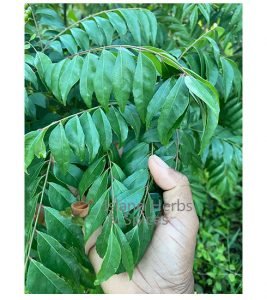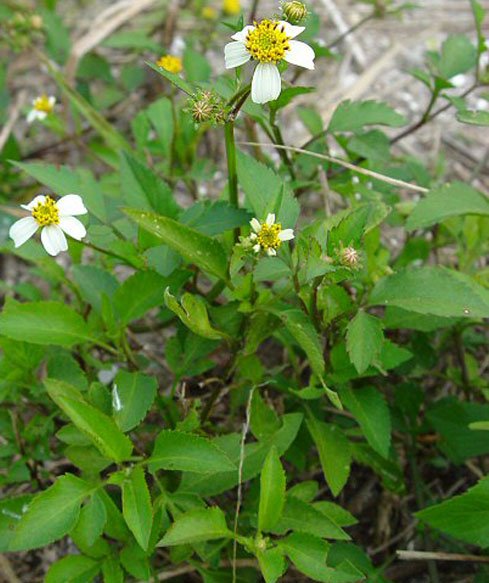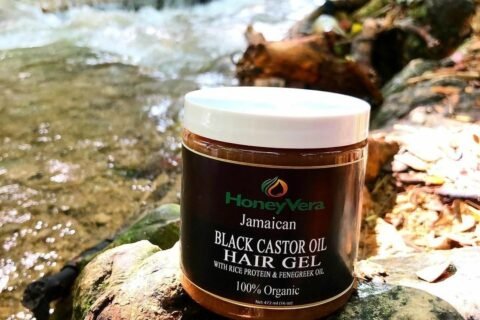 The Curry Tree (Murraya koenigii), a tropical to subtropical gem, is revered not just for its paramount significance in culinary realms but also for its profound medicinal properties. Cultivated with care on our organic farm in Jamaica, these leaves are a testament to the richness of nature’s offerings. This article delves into the fascinating journey of Curry Tree Leaves from their ancient origins to becoming a staple in natural medicine cabinets and kitchens worldwide. We’ll explore the rich history, medicinal virtues, and versatile uses of this plant, all while highlighting our farm’s commitment to organic practices and quality.
The Curry Tree (Murraya koenigii), a tropical to subtropical gem, is revered not just for its paramount significance in culinary realms but also for its profound medicinal properties. Cultivated with care on our organic farm in Jamaica, these leaves are a testament to the richness of nature’s offerings. This article delves into the fascinating journey of Curry Tree Leaves from their ancient origins to becoming a staple in natural medicine cabinets and kitchens worldwide. We’ll explore the rich history, medicinal virtues, and versatile uses of this plant, all while highlighting our farm’s commitment to organic practices and quality.
Origin and History
The Curry Tree, native to the Indian subcontinent, has woven itself into the very fabric of ancient culinary and medicinal traditions. Its leaves, with their distinctive aroma and flavor, have been a cornerstone in Indian and Sri Lankan cuisines for centuries. Beyond its gastronomic appeal, the Curry Tree holds a revered place in Ayurvedic medicine, where it’s been utilized to treat everything from digestive issues to skin conditions. The journey of these leaves from the ancient soils of Asia to the lush landscapes of Jamaica embodies a rich history of cultural exchange and botanical wonder.
Medicinal Uses
The Curry Tree Leaves, beyond their culinary allure, are a powerhouse of medicinal benefits, a fact supported by both traditional practices and modern scientific research. Rich in antioxidants, they play a crucial role in combating oxidative stress and bolstering the body’s defense against various diseases. These leaves are also noted for their anti-diabetic properties, helping to regulate blood sugar levels effectively.
In traditional medicine, Curry Tree Leaves have been used as a remedy for an array of conditions. They are believed to aid in digestion, alleviate nausea, and provide relief from morning sickness. Moreover, their antibacterial and anti-inflammatory properties make them an excellent choice for treating and preventing infections, as well as reducing inflammation in the body.
Studies have also highlighted their potential in improving memory, suggesting their use as a natural cognitive enhancer. Whether consumed as part of a diet or used in a medicinal preparation, the leaves from the Curry Tree offer a holistic approach to health, embodying the principles of natural and preventive medicine.
Culinary and Other Uses
Curry Tree Leaves are indispensable in the culinary world, especially in South Asian cuisines, where they add a robust, aromatic flavor to dishes. When dried, these leaves retain much of their fragrance and taste, making them perfect for seasoning curries, dals, soups, and stews. Their unique flavor profile can transform a simple dish into a culinary delight, infusing meals with the essence of tropical abundance.
Beyond the kitchen, Curry Tree Leaves find applications in the beauty and wellness industry. Their oil is sometimes incorporated into hair and skincare products for its nourishing properties. Additionally, the leaves are used in some cultures as a natural insect repellent, showcasing their versatility.
How to Use Curry Tree Leaves
Incorporating dried Curry Tree Leaves into your daily routine is simple and beneficial. For culinary purposes, they can be added directly to dishes during cooking to impart their distinctive flavor. As a health supplement, the leaves can be powdered and taken with water or infused into teas to enjoy their medicinal benefits.
Conclusion
Curry Tree Leaves, with their rich history, myriad health benefits, and culinary versatility, are a testament to nature’s bounty. Cultivated on our organic farm in Jamaica, these leaves are not just an ingredient but a bridge to a healthier, more flavorful life. We invite you to explore the tastes and healing powers of Curry Tree Leaves, a natural treasure that promises to enrich your wellness journey and culinary adventures alike.









